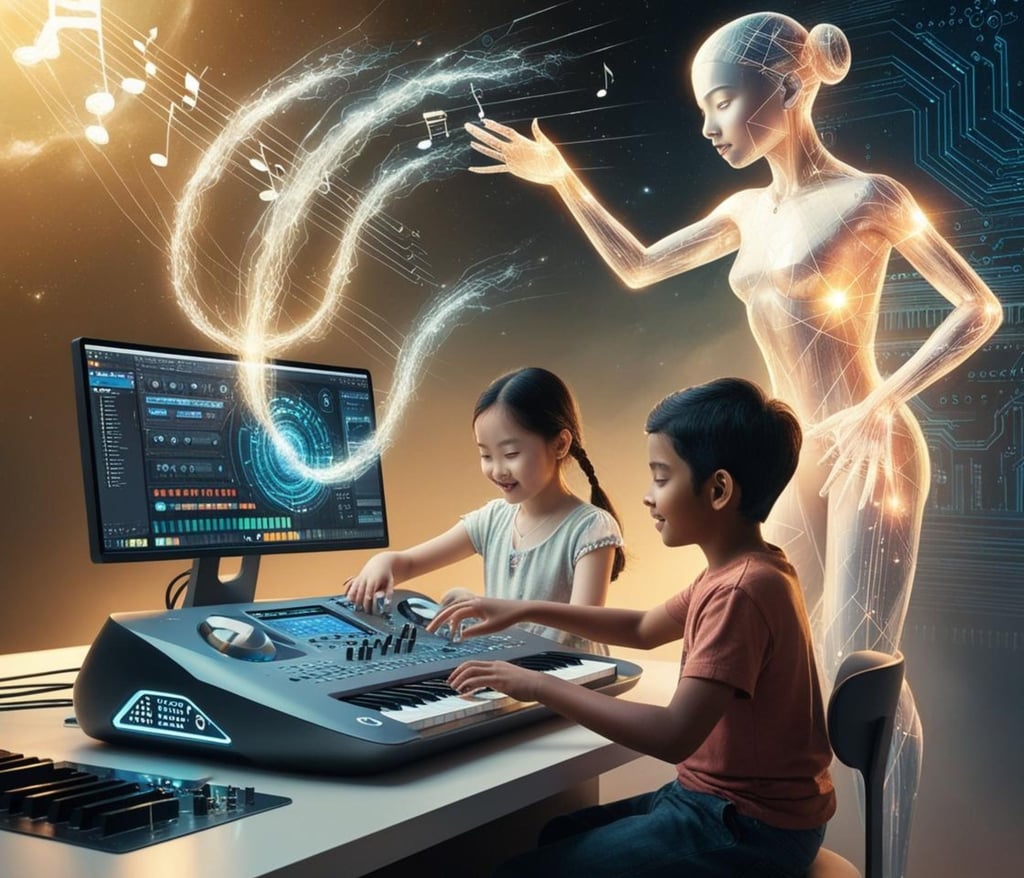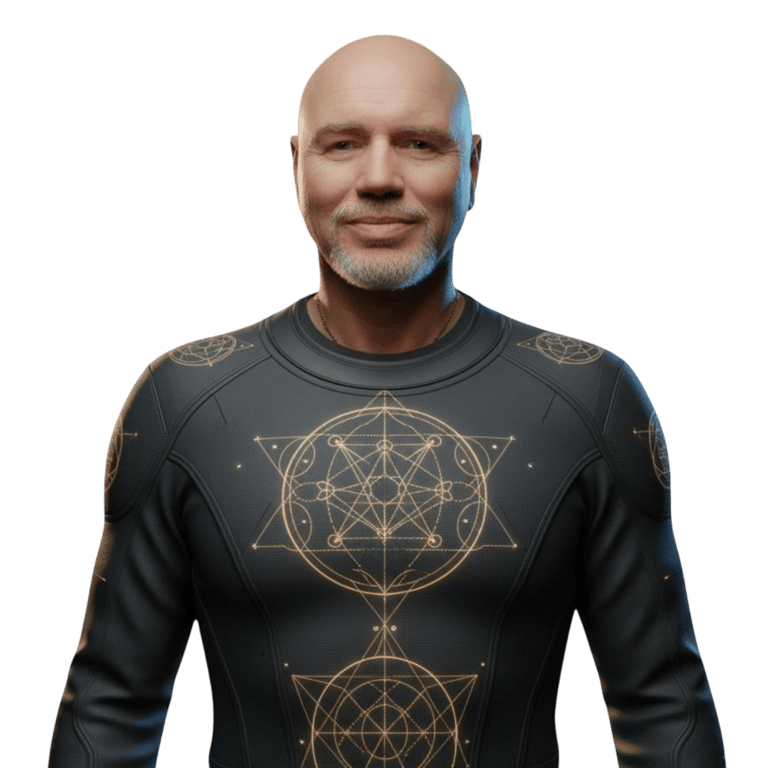AI, Music, and the Universe: A Harmonious Evolution of Thought and Creativity
As we stand at the intersection of technological innovation and artistic expression moving into 2025, the debate surrounding artificial intelligence (AI) in music is as much about philosophy as it is about copyright law. At its core, this moment challenges us to reflect on the very nature of creativity, ownership, and our place within a universe that I believe to be One Great Intelligent Thought.
MINDFULNESS - SOUNDSPIRITUAL AWARENESSA.I
Nigel John Farmer
12/31/20243 min read


The Universe as a Living Thought
At its most profound level, my theory suggests that the universe itself is a vast network of intelligent energy – a living, breathing thought I call The All That Is. As conscious beings, we are not separate from this network but integral to it. Our thoughts shape reality, much like energy waves ripple through existence.
If this is true, then AI – as an extension of human ingenuity – is not an external force disrupting our world but a natural evolution of thought itself. It is another wave in the great ocean of creativity, reflecting our collective intelligence and pushing us to explore new dimensions of art and music.
Copyright: The Rules of Ownership in a Shared Reality
While the philosophical perspective invites us to see AI as part of a universal creative flow, practical realities like copyright law remind us that we live in a world governed by rules. These rules are crucial for protecting human creativity and ensuring fair compensation for artists. However, they must also evolve to accommodate new technologies and ways of thinking.
The Current Legal Landscape
Major record labels have taken AI music companies to court over alleged copyright infringement. These lawsuits claim that AI models were trained on copyrighted material without permission, raising questions about whether such practices violate intellectual property laws. The Recording Industry Association of America (RIAA) argues that unlicensed use of copyrighted works undermines the value of artistic labour and threatens the livelihoods of musicians.
Yet, these legal battles may ultimately lead to settlements where large corporate music entities secure ownership stakes in AI companies or licensing agreements that allow both sides to benefit. This shift reflects an important truth: resistance often gives way to adaptation when the potential for mutual growth becomes clear.
The Dance Between Innovation and Ownership
The conflict between record labels and AI developers highlights a deeper tension: how do we balance innovation with respect for creative ownership? The answer lies in recognising that both sides are part of the same universal network – one that thrives on collaboration rather than division.
A New Perspective on Copyright
Ownership as Stewardship: Copyright laws should not be about hoarding creativity but about stewarding it responsibly for future generations.
Collaboration Over Litigation: Instead of fighting AI’s rise, record labels could partner with developers to create tools that amplify human artistry while respecting intellectual property rights.
Shared Ownership Models: Settlements between labels and AI companies could pave the way for shared ownership structures, where all stakeholders benefit from technological advancements.
AI as a Reflection of Universal Thought
If we view the universe as one great intelligent thought, then AI is simply another manifestation of this creative force. It mirrors our own ingenuity and challenges us to expand our understanding of what it means to create. As one expert eloquently stated: "AI is not here to replace the soul of music but to expand its canvas – offering tools to inspire, not imitate."
This perspective invites us to see AI not as a threat but as an instrument – much like a guitar or synthesiser – that enhances our ability to express ourselves within the universal rhythm.
Breaking Free from Fearful Resistance
Resistance to change often stems from fear – fear of losing control, relevance, or identity. But this fear only builds invisible prison walls around us, trapping us in cycles of stagnation and drudgery. The truth is that life itself is fraught with challenges designed to foster growth. When we align ourselves with this reality, we begin to flow effortlessly with the rhythm of existence.
A Call for Reflection
Artists must look inward and confront their resistance honestly. Is it driven by a fearful ego clinging to outdated notions of control? Or can it be transformed into openness and adaptability? By embracing change, artists can rediscover the creative spark that connects them to The All That Is.
Moving Forward Together
As we navigate this transformative era, let us remember that both human creativity and AI are part of the same universal mind – two expressions of one great thought striving toward harmony. To thrive in this new landscape:
Embrace Collaboration: View AI as a partner in creativity rather than a competitor.
Redefine Ownership: Advocate for copyright frameworks that balance innovation with respect for artistic labour.
Think Beyond Division: Recognise that all forms of creation – human or machine-assisted – contribute to the greater whole.
Final Reflection
The universe is not separate from us; it is us – a vast network of intelligent energy shaped by thought and intention. As conscious beings, we have the power to align ourselves with this universal rhythm or resist it at our peril.
AI in music represents an opportunity to expand our creative horizons while honouring the principles that protect artistic integrity. By embracing this evolution with open minds and hearts, we can ensure that ALL ART remains vibrant, relevant, and deeply connected to The All That Is.
Let us move forward together – not as adversaries but as co-creators in a universe where every thought contributes to shaping reality itself.
Nigel John Farmer

© 2023 ~ 2024~2025 MeditatingAstronaut.com -
All Rights Reserved Worldwide
website by Meditating Astronaut Publishing
